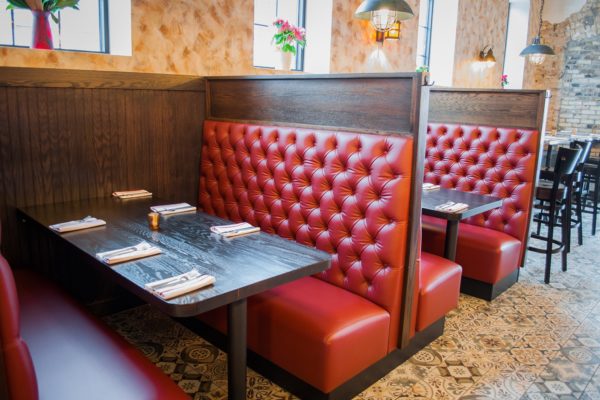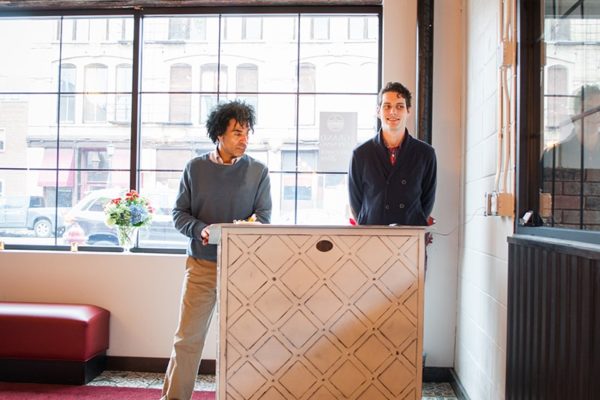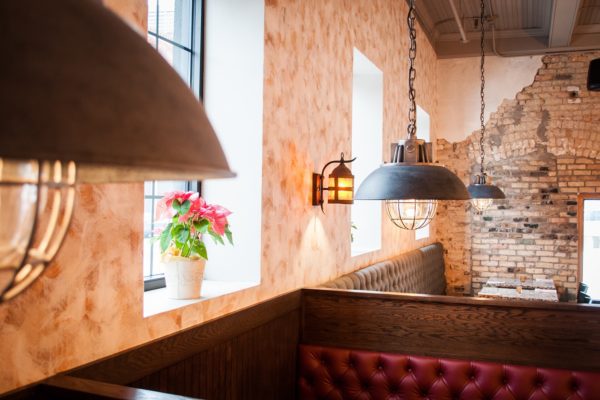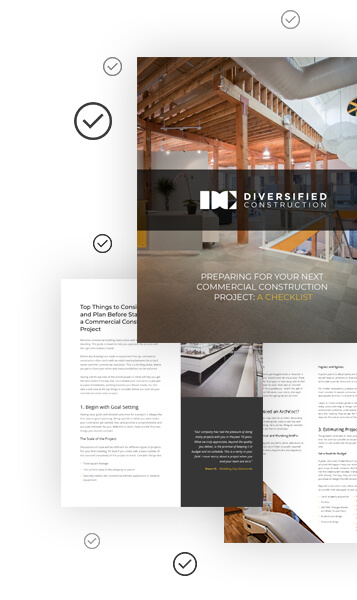Red Rabbit
Red Rabbit is the latest eatery from Luke Shimp, also creator of the wildly popular and similarly named, Red Cow. Red Rabbit offers casual Italian food in a warm, modern space. Once a speakeasy, brothel and even an auto shop, there was a lot of history dug up during the demolition phase. Prohibition era bottles were just one of the really neat things found. Soil conditions which were insufficient to build on and failing structural elements were a couple of the not so neat discoveries.
The late 1800’s building that Red Rabbit occupies in the North Loop is designated as a historical structure, therefore design and structural changes needed to be approved by the Historical Preservation Committee before moving forward. Keeping this in mind, failing structural elements were replaced and greater support systems to support the new design were added. Structural engineers were on site throughout this phase to ensure compliance and safe conditions. Meanwhile, Diversified worked to bring the soil to strong enough levels in order begin the remodel of the space.
After correcting those challenges, the entire slab of the space had to be removed and re-poured due to its age and severe cracking. All new windows were installed and a 1,000 square foot addition was added to the 4,500 square foot building. Working downtown Minneapolis brings with it some of its own unique challenges. For one, the adjacent building was just inches away, so special consideration had to be paid to construction noise and vibrations. In order to serve the electrical needs of the space, Xcel Energy had to bring a new feeder down 2nd street, requiring shutting down a lane of Washington Avenue for approximately 2 weeks.
Inside, Luke wanted to leave some of the buildings’ historical charm intact so original brick was left uncovered in many areas of the space. Additionally, a coffered ceiling with false box beams and bead board finishes had to be replicated on the south end of the bar area in order to match the original exposed ceiling on the north side. Reusing original items was also important so as to be sustainable where possible. Additionally, 70% of construction waste from this project was able to be recycled. Patterned floor tiles, ample natural lighting, charred tongue and groove wall accents, red leather booths and an accent wall patterned with mismatched mirrors are some of the design elements contributing to the space’s warmth.




